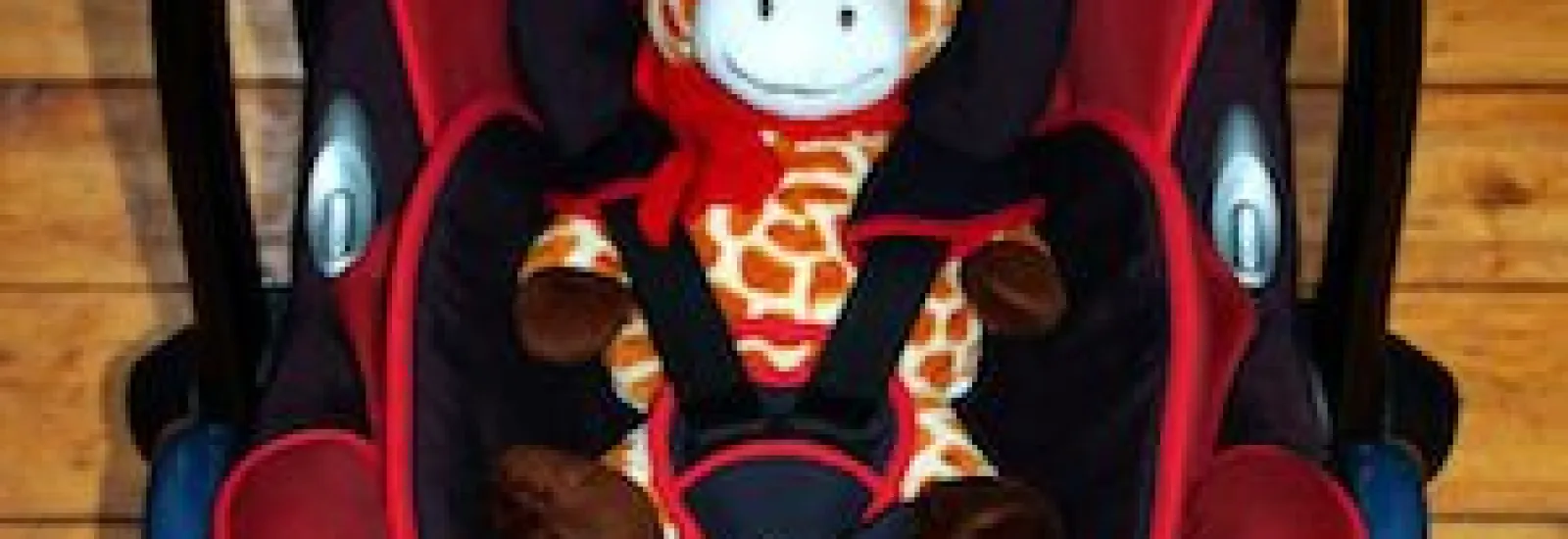
Car seat safety: Keep your children safe when traveling
 We all want our children to be safe riding in a car. But many parents don’t know what car seat safety really means. How long should a child be rear-facing? When are they big enough to safely move to a booster seat? Here’s some help.
We all want our children to be safe riding in a car. But many parents don’t know what car seat safety really means. How long should a child be rear-facing? When are they big enough to safely move to a booster seat? Here’s some help.
Using the right seat for your child
It’s important to know what type of seat to use depending on your child’s age and size. There are guidelines for car seat safety but you should do further research specific to your situation. Here are three guidelines to follow:
1. Infants and toddlers – Until at least age two infants and toddlers should ride in a rear-facing car seat according to the National Highway Traffic Safety Administration (NHTSA). You should also check the highest weight or height allowed by your car seat manufacturer to make sure your child doesn’t exceed these guidelines.
2. Toddlers and preschoolers – After age two or when your child has outgrown their rear-facing or rear-facing convertible seat you should put your child in a forward-facing seat with a harness explained the NHTSA. As with toddlers be careful to not exceed the highest weight or height allowed by the manufacturer.
3. School-aged children – Once your child has outgrown the height/weight limit for a forward-facing seat you should place your child in a belt-positioning booster seat next continued the NHTSA. A booster seat is used until the vehicle seat belt fits properly. A general guideline is 4 feet 9 inches tall and about 8 to 12 years of age. Under age 13 children should ride in the back seat for safety whether in a booster or regular seat.
Installing car seats properly
A great car seat is only as safe as its installation. Properly installing your child’s car seat and making sure the booster seat positions the belt properly are important to keep your child safe in the event of an accident.
The Mayo Clinic noted that it’s important to install your car seat in the back — not the front — because airbags in front seats can cause injury or death to a child in a car seat. If possible install the car seat in the center of the back seat. It’s also important to read the instructions from your car seat manufacturer for proper installation. The seat should be installed tightly with no more than one inch of movement from front to back or side to side when grasped near the bottom attachment points.
In a booster or without the lap belt should lay snugly across your child’s upper thighs while the shoulder belt should rest on the middle of their shoulder and chest.
Taking precautions will help keep your child safe when traveling and give you peace of mind. Having the confidence to travel with your child is important so carefully consider everything you need before hitting the road.
Image source: FreeImages

